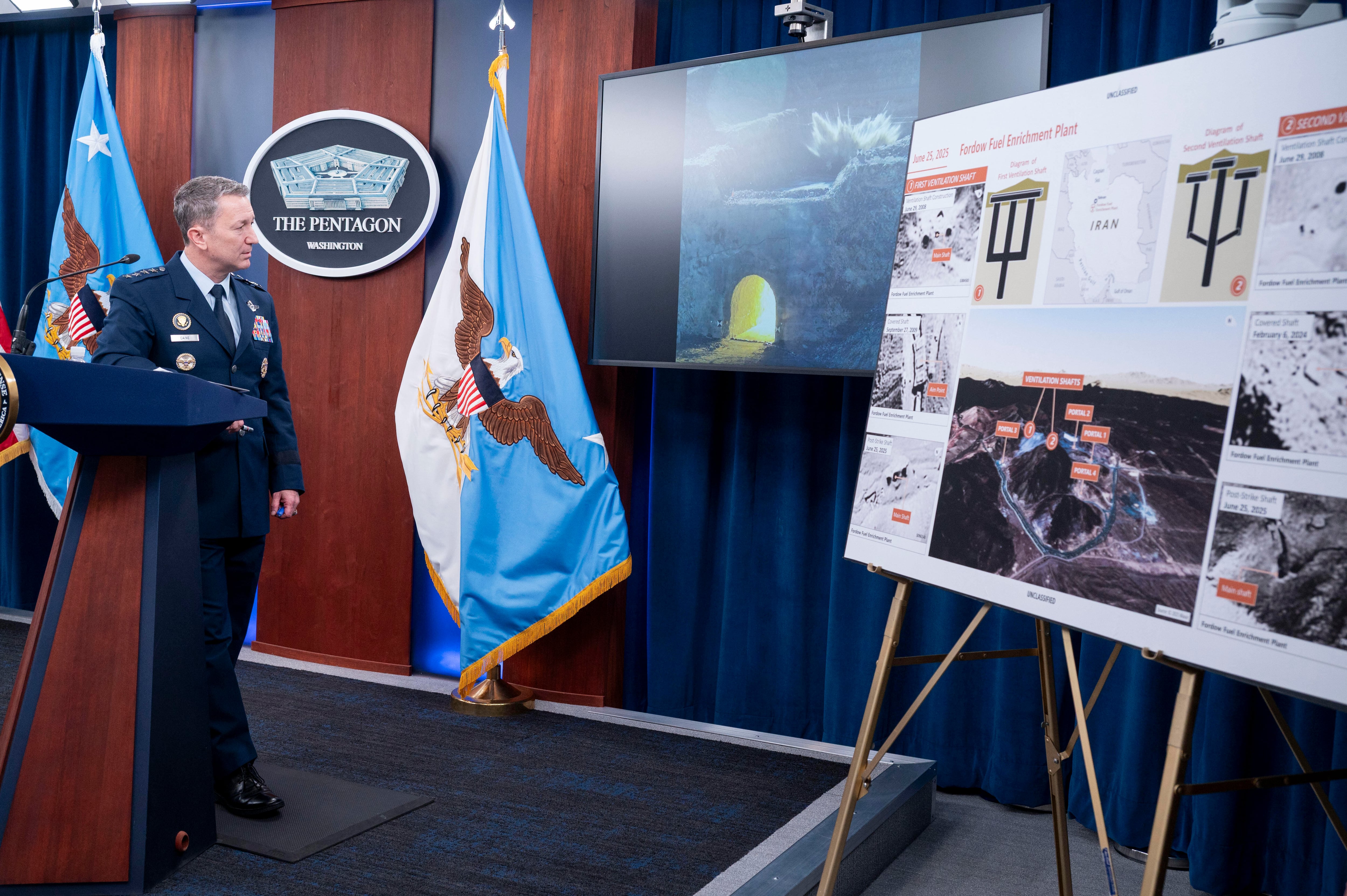WASHINGTON – Sikorsky unveiled its first S-97 Raider prototype Thursday, kicking off the test flight phase of the experimental helicopter program.
The helicopter giant's West Palm Beach, Florida, facility hosted the event, which featured executives from the firm showing off the first full production model. The company will begin ground testing shortly and expects to have first flight of the system this year.
"Just four years ago, we announced plans to build the S-97 Raider and teamed with some of the best companies in the industry, understanding the need to ensure aircraft development would not falter as government defense budgets shrank in response to economic pressures," company President Mick Maurer said in a press release. "Sikorsky is proud of its leadership in this area, and of the leadership the S-97 Raider represents among the world's military rotorcraft."
The Raider is Sikorsky's planned entry to replace the Army's OH-58D Kiowa Warrior fleet, but if it can deliver on company promises, it could find itself with a much wider audience.
The Raider prototype is based on the X-2 technology that Sikorsky developed in the late 2000s, with some key differences. Where the X-2 demonstrator was a one-person, 5,000-pound platform, the Raider is roughly 11,000 pounds with room for six troops for combat assault missions; if those troops aren't needed, that space can be used to hold extra equipment or ammunition.
While that makes the Raider a large vehicle, Sikorsky has expressed confidence it will go hand in hand with unmatched speed. The company has claimed speeds of 220 knots (253 mph), which would be significantly faster than conventional military rotorcraft.
Sikorsky is funding 75 percent of the Raider program out of pocket, with the remaining 25 percent coming from 53 "principal suppliers," the release said.
The Raider is one example of the company's focus on rapid prototyping, something Samir Mehta, the company's president of military systems, talked with Defense News about last year.
"I think it is the new model, because at a time when resources are tight, things like time to market, speed of innovation, when the aircraft gets fielded, when we can start performing our customer's missions, that's incredibly important," Mehta said about the advantages of rapid prototyping.
"If you can essentially reduce the time it takes to develop, you're also reducing the resources it takes to develop," he added. "Flight test is now a confirmation of the technologies you developed, not experimenting with the technologies you've developed."
According to data provided by VisualDoD, a Virginia-based defense consulting firm, Sikorsky has been the leading rotorcraft provider to the Pentagon, bringing in $18 billion in contracts in the last five years.





